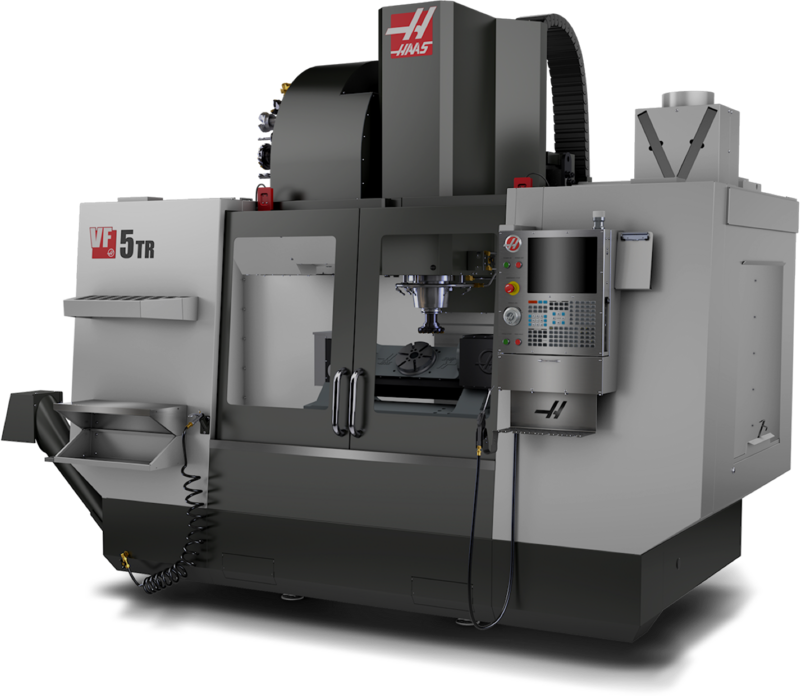Rapid Prototyping

Prototyping is the best way to test, enhance, and modify components before committing to final production. RJM can deliver a finished prototype in rapid fashion that is fabricated in the actual material that will be used in the final product. There is no better way to confirm the capabilities and quality of a product or component.
RJM can quickly fabricate a scale model of a physical product or component using CAD/CAM design specifications. Fabricating of the part is usually completed using 3D printing (additive layer manufacturing) or CNC (computer numerical control) technologies.
Because these methods are computer controlled, prototypes can often be completed within a day or two.
RJM is set up to design and produce rapid prototypes for a numerous applications, using a variety of materials including metals, various resins, aluminum or polylactic acid (PLA).
Both the CNC and 3D options offer quick development because of advanced computer control technology. RJM can work with your company’s CAD/CAM design plans, or assist in creating those plans.
RJM offers other prototyping methods that may be necessary because of the type of product or component. Whatever method is selected, the result will be a prototype that will contain all the characteristics of the final product.
Rapid prototyping is quick, easy, and cost effective. Whether you need to put new products to the test or enhance performance of existing components before committing to costly production, rapid prototyping is the answer.
Consult with RJM’s experienced rapid prototype engineering team today.
3D printing is the construction of a three-dimensional object from a CAD model or a digital 3D model. The term “3D printing” can refer to a variety of processes in which material is joined or solidified under computer control to create a three-dimensional object, with material being added together (such as liquid molecules or powder grains being fused together), typically layer by layer.
CNC machining uses a combination of computer assisted designs and sophisticated cutting tools to remove materials from a solid block, leaving a shaped component. CNC enables high-tech machines to make components with complex geometries that would be too time-consuming using a manual process.
